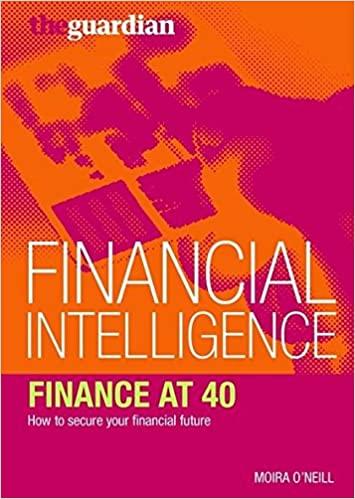Answered step by step
Verified Expert Solution
Question
1 Approved Answer
Problem 30 possibly with all the steps to solve You've just found a 10 percent coupon bond on the market that sells for par value.
 Problem 30 possibly with all the steps to solve
Problem 30 possibly with all the steps to solve Step by Step Solution
There are 3 Steps involved in it
Step: 1

Get Instant Access to Expert-Tailored Solutions
See step-by-step solutions with expert insights and AI powered tools for academic success
Step: 2

Step: 3

Ace Your Homework with AI
Get the answers you need in no time with our AI-driven, step-by-step assistance
Get Started


